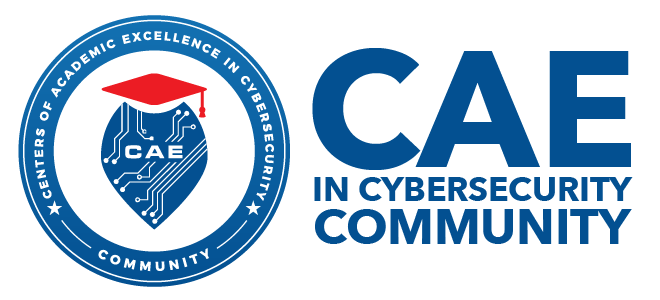The Internet of Things (IoT) paradigm promises to make “things” include a more generic set of entities such as smart devices, sensors, human beings, and any other IoT objects to be accessible at any time and anywhere. IoT allows for the interconnectivity of devices or objects to collect, send, and receive information. IoT varies widely in its applications, but one of its most beneficial uses is in the medical field. Healthcare utilizes IoT and its emerging technologies to provide more efficient and quality care for patients while reducing the workload and burden on healthcare facilities. IoT provides a mainstream method for healthcare professionals to analyze patient data in real-time and make informed decisions regarding patient care. However, the large attack surface and vulnerabilities of IoT systems needs to be secured and protected.
This work investigates various applications of IoT in healthcare and focuses on the security aspects of the two internet of medical things (IoMT) devices: the LifeWatch Mobile Cardiac Telemetry 3 Lead (MCT3L), and the remote patient monitoring system of the telehealth provider Vivify Health, as well as their implementations. Our research explores the security issues with these IoMT devices and proposes efficient solutions to better protect them. Security is a requirement for IoT systems in the medical field where the Health Insurance Portability and Accountability Act (HIPAA) applies. While there is a risk that sensitive and protected health information may be compromised in the use of IoT systems, effective implementation of robust security measures and risk mitigation techniques can ensure that IoT can be an invaluable system of technologies that enhances the quality and efficiency of patient care.

